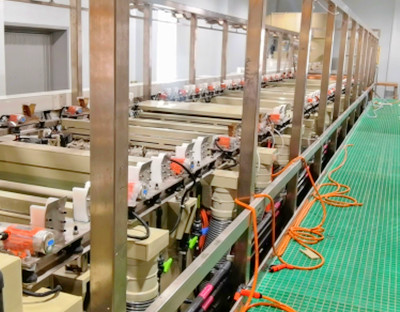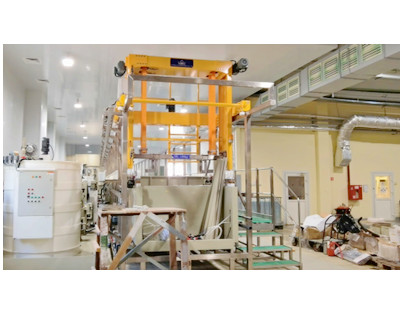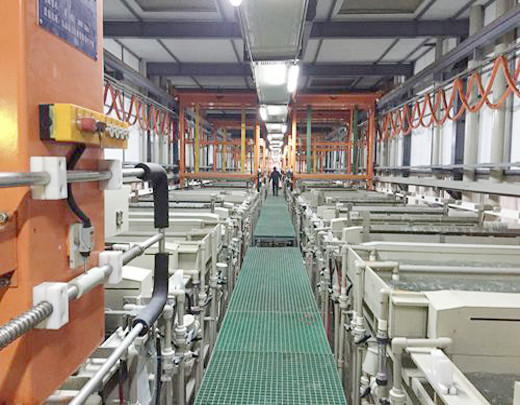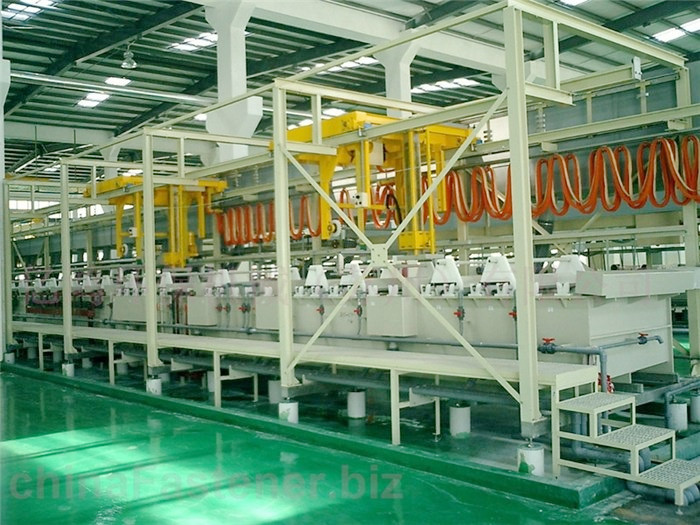Vacuum electroplating mainly includes several types: vacuum evaporation plating, sputtering plating, and ion plating. They all deposit various metal and non-metallic thin films on the surface of plastic parts under vacuum conditions, such as distillation or sputtering. Through this method, very thin surface coatings can be obtained, which has the outstanding advantages of fast speed and good adhesion. However, the price is also high, and there are fewer types of metals that can be operated. They are generally used as functional coatings for high-end products, such as as as as internal shielding layers. There are two common electroplating processes for plastic products: water electroplating and vacuum ion plating.
Vacuum ion plating, also known as vacuum coating. Vacuum electroplating is now a popular practice, producing products with strong metal sensitivity and high brightness. Compared to other coating methods, it has lower costs and less environmental pollution, and is widely used in various industries
Vacuum electroplating has a wide range of applications, such as ABS materials, ABS+PC materials, and PC materials. At the same time, due to its complex process, high environmental and equipment requirements, the unit price is more expensive than water electroplating. This article briefly introduces its process flow: product surface cleaning ->electrostatic removal ->primer spraying ->baking primer ->vacuum coating ->topcoat spraying ->baking topcoat ->packaging
The general practice of vacuum electroplating is to spray a layer of primer on the material before electroplating. As the material is a plastic part, there will be residual air bubbles and organic gases during injection molding, and moisture in the air will be sucked in during placement. In addition, due to the uneven surface of the plastic, the surface of the directly electroplated workpiece is not smooth, has low luster, and has poor metal sensitivity, and may cause adverse conditions such as bubbles and water bubbles. After spraying a layer of primer, It will form a smooth and flat surface and eliminate the generation of bubbles and water bubbles in the plastic itself, allowing the electroplating effect to be displayed
Vacuum electroplating can be divided into general vacuum electroplating, UV vacuum electroplating, and special vacuum electroplating. The processes include evaporation plating, splash plating, gun color, etc
Application example: PC material has a temperature resistance of 130 degrees, and only “vacuum electroplating+UV oil curing” can meet the high temperature resistance requirement of 130 degrees. And ordinary water electroplating cannot be used for electroplating PC materials! Recently, Shenzhen Jida Industrial Co., Ltd. announced that the company’s UV vacuum coating can achieve an effect of 300 plating.








 Mar. 02, 2022
Mar. 02, 2022 





